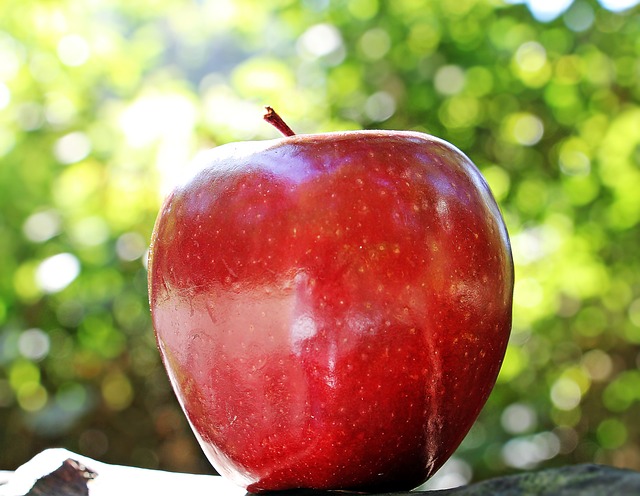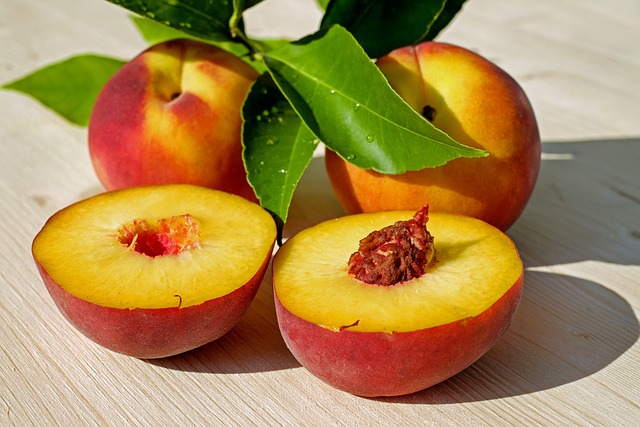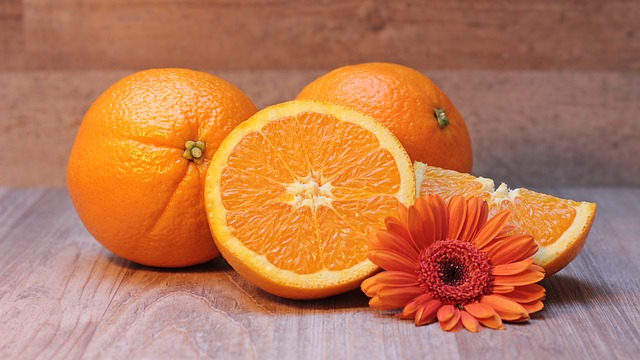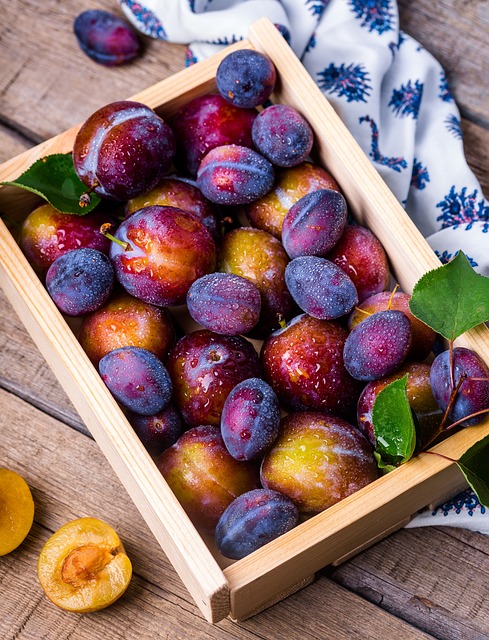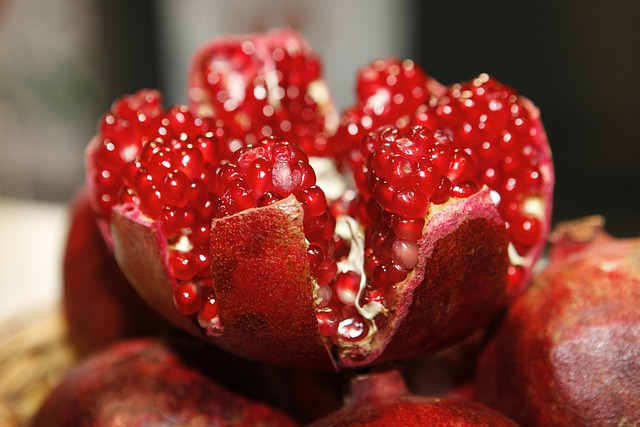Beyond Yogurt: Unconventional Ways to Incorporate Probiotics into Your Diet
Probiotics, often referred to as “good bacteria,” are live microorganisms that provide numerous health benefits when consumed. While yogurt is a popular source of probiotics, there are plenty of other unconventional ways to incorporate these beneficial microorganisms into your diet. In this article, we’ll explore some unique and creative ways to include probiotics in your meals.
1. Kombucha
Kombucha is a fermented tea that has gained popularity in recent years due to its probiotic content. It is made by fermenting sweetened tea with a SCOBY (symbiotic culture of bacteria and yeast). The fermentation process produces a fizzy, tangy beverage packed with healthy bacteria.
You can find various flavors of kombucha in stores or even brew your own at home. Incorporating this probiotic-rich drink into your daily routine can support gut health and boost your immune system.
2. Kimchi
Kimchi is a traditional Korean side dish made from fermented vegetables, primarily cabbage and radishes. It is seasoned with a combination of spices, garlic, ginger, and chili peppers. This spicy and tangy dish is not only delicious but also an excellent source of probiotics.
Kimchi can be eaten on its own, added to salads or stir-fries, or used as a topping for tacos or sandwiches. Its unique flavor profile makes it a versatile ingredient that can enhance the taste and nutritional value of various dishes.
3. Miso
Made from fermented soybeans, miso paste is a staple in Japanese cuisine. It has a salty and slightly nutty flavor. Miso is not only rich in probiotics but also packed with essential nutrients like vitamins, minerals, and antioxidants.
You can use miso to make a flavorful soup, as a marinade for meat or vegetables, or as a condiment in dressings and sauces. Its umami taste adds depth to any dish while providing your gut with beneficial bacteria.
4. Tempeh
Tempeh is a protein-rich food made from fermented soybeans. It has a firm texture and a slightly nutty flavor. This versatile ingredient can be used as a meat substitute in numerous dishes like stir-fries, sandwiches, or even as a topping for salads.
Not only is tempeh an excellent source of probiotics, but it is also packed with other nutrients like fiber, vitamins, and minerals. It makes for a nutritious addition to a plant-based diet.
5. Pickles
Pickling is a preservation method that involves fermenting vegetables in a brine solution. The process creates an environment for beneficial bacteria to thrive, resulting in pickles that are loaded with probiotics.
You can enjoy pickles as a snack on their own or add them to sandwiches, burgers, or wraps. Look for naturally fermented pickles that are free from additives and vinegar for the maximum probiotic benefits.
6. Sauerkraut
Sauerkraut is another popular fermented food made from finely shredded cabbage. It has a sour and tangy taste that pairs well with various dishes. Like other fermented foods, sauerkraut contains a high concentration of probiotics.
Incorporate sauerkraut into your meals by adding it to hot dogs, sandwiches, or as a topping for grilled meats. It can provide a refreshing and probiotic-rich addition to your diet.
7. Coconut Kefir
Coconut kefir is a dairy-free alternative to traditional milk kefir. It is made by fermenting the juice of young coconuts with kefir grains. The result is a creamy, tangy beverage rich in probiotics and nutrients.
You can drink coconut kefir on its own or use it as a base for smoothies, salad dressings, or overnight oats. It offers a tropical twist while providing your body with the goodness of probiotics.
Conclusion
While yogurt is often the go

